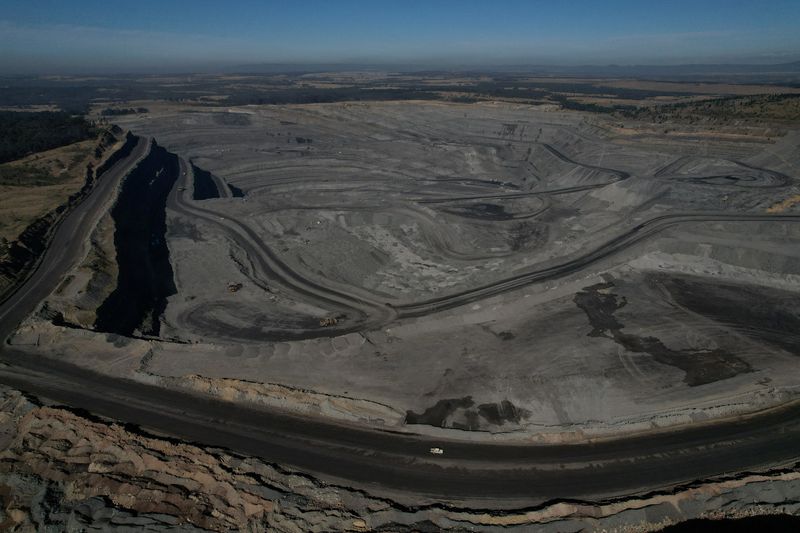LONDON (Reuters) - Glencore (OTC:GLNCY) produced 18% less zinc in the first nine months compared with the same period a year before, the company said on Friday as it trimmed its full-year output forecast by 6% due to knock-on effects of the Ukraine war.
The forecast reduction was due to "emerging supply-chain issues in Kazakhstan as the secondary impacts of the Russia/Ukraine war are felt", the commodities group said. Kazakhstan has large deposits of zinc and other materials and Glencore controls Kazzinc, a producer of zinc, copper and lead, in the country.
Zinc production of 699,600 tonnes from Glencore's own sources during the first three quarters was lower due to disposals and closures in South America, the closure of Matagami in Canada and worker absences due to COVID-19 at Mount Isa in Australia, the group said.
Glencore revised down its base forecast, or the mid-point of its forecast range, for zinc production this year by 65,000 to 945,000 tonnes.
Lead production fell 21% to 136,900 tonnes, largely due to similar reasons for weaker zinc output since the two metals are often found in the same ore bodies.
Cobalt output, however, soared by 41% to 33,100 tonnes due to higher output at its Katanga mine in the Democratic Republic of Congo (DRC).

Copper output fell 14% to 770,500 tonnes, partly owing to continued reduced output at Katanga.
Glencore expects second-half operating profit at its trading arm to fall sharply, but it remains on track for a record 2022 performance, it also said.